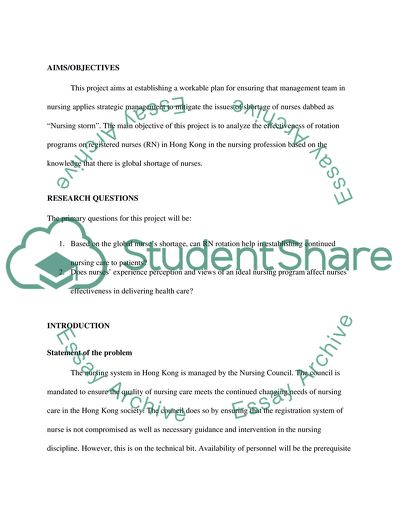Cite this document
(“A research proposal with a project management plan Essay”, n.d.)
Retrieved from https://studentshare.org/health-sciences-medicine/1667674-a-research-proposal-with-a-project-management-plan
Retrieved from https://studentshare.org/health-sciences-medicine/1667674-a-research-proposal-with-a-project-management-plan
(A Research Proposal With a Project Management Plan Essay)
https://studentshare.org/health-sciences-medicine/1667674-a-research-proposal-with-a-project-management-plan.
https://studentshare.org/health-sciences-medicine/1667674-a-research-proposal-with-a-project-management-plan.
“A Research Proposal With a Project Management Plan Essay”, n.d. https://studentshare.org/health-sciences-medicine/1667674-a-research-proposal-with-a-project-management-plan.


